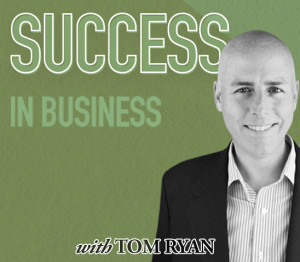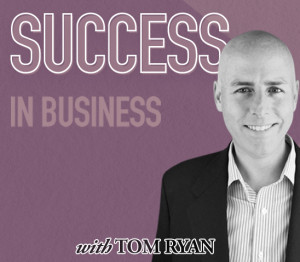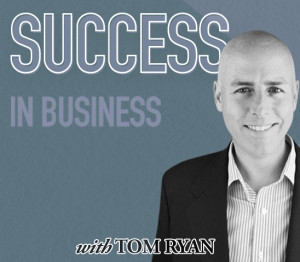 Growing a business is always a challenge. Even with great founders, outstanding products or services, encouraging profits and exceptional momentum, there is no guarantee that scaling that business will be a smooth process. Not only are there the logistical issues when it comes to things like opening new locations, training new staff and creating a consistent customer experience, but there are other, easily overlooked elements to consider as an operation expands.
Growing a business is always a challenge. Even with great founders, outstanding products or services, encouraging profits and exceptional momentum, there is no guarantee that scaling that business will be a smooth process. Not only are there the logistical issues when it comes to things like opening new locations, training new staff and creating a consistent customer experience, but there are other, easily overlooked elements to consider as an operation expands.
On a personal level, scaling a business is also stressful. Operating a single-shop business is demanding enough, and it can easily take a huge toll on your personal life. Expanding your operation by even a single location can have an exponential impact on your family life, friendships. and your health. From your ability to sleep to the simple sanity of downtime, every part of your life will be affected. Continue reading





